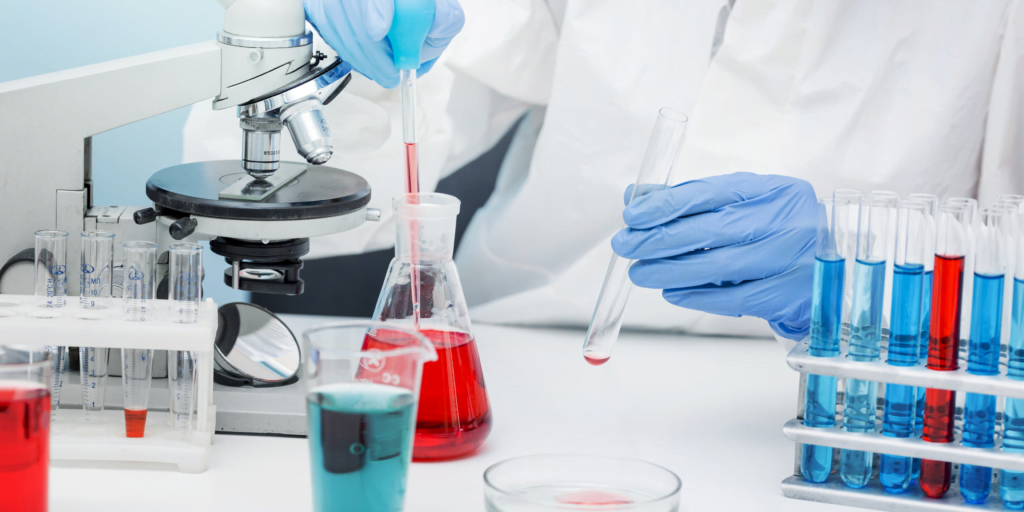A chemical substance is a form of matter that has a specific chemical composition and distinct properties. Throughout history, humans have been observing, manipulating, and utilizing chemical substances for various purposes, from food preservation to medicine and industrial processes. Let’s explore the history of chemical substances and how our understanding of them has evolved over time.

Ancient and Classical Periods:
– Early Observations:
The study of chemical substances dates back to ancient civilizations such as the Egyptians, Greeks, and Chinese. These early civilizations practiced alchemy, which involved experimenting with metals and minerals in attempts to transform base metals into gold and discover the elixir of life.
– Alchemy:
Alchemy was a precursor to modern chemistry, focusing on transmutation of substances and spiritual purification. Alchemists contributed to the discovery of new materials and processes, although their methods often involved mysticism and symbolism.
Medieval and Renaissance Periods:
– Emergence of Modern Chemistry:
The transition from alchemy to modern chemistry began in the Middle Ages and was further developed during the Renaissance. Key figures like Robert Boyle and Antoine Lavoisier conducted systematic experiments to understand the nature of chemical reactions and the composition of substances.
– Lavoisier’s Contributions:
Antoine Lavoisier, known as the “Father of Modern Chemistry,” established the law of conservation of mass and disproved the phlogiston theory, laying the foundation for modern chemical nomenclature and the concept of chemical elements.
19th Century:
– Development of Atomic Theory:
In the early 19th century, John Dalton proposed the atomic theory, which postulated that all matter is composed of indivisible atoms. This theory provided a framework for understanding chemical reactions and the composition of compounds.
– Periodic Table:
Dmitri Mendeleev developed the periodic table of elements in 1869, organizing elements based on their atomic mass and properties. The periodic table remains a fundamental tool in chemistry for classifying and predicting the behavior of chemical substances.
20th Century:
– Advances in Organic Chemistry:
The 20th century witnessed significant advancements in organic chemistry, with the discovery of new organic compounds and synthetic materials. Chemists like Emil Fischer and Robert Robinson elucidated the structures and reactions of complex organic molecules.
– Modern Analytical Techniques:
The development of spectroscopy, chromatography, and other analytical techniques revolutionized the identification and characterization of chemical substances. These methods allowed scientists to study molecular structures and properties at the atomic level.
Contemporary Chemistry:
– Materials Science and Nanotechnology:
Contemporary chemistry explores the synthesis and applications of novel materials, including polymers, nanoparticles, and advanced ceramics. These materials have diverse uses in electronics, medicine, and renewable energy technologies.
– Green Chemistry:
In recent decades, there has been a growing emphasis on sustainable and environmentally friendly practices in chemistry. Green chemistry aims to minimize waste, reduce hazardous substances, and develop eco-friendly alternatives to traditional chemical processes.
Today, chemical substance encompass a vast array of molecules and materials that play essential roles in industry, agriculture, medicine, and everyday life. Our understanding of chemical substance continues to evolve through ongoing research and technological innovations, shaping the future of chemistry and its applications.









